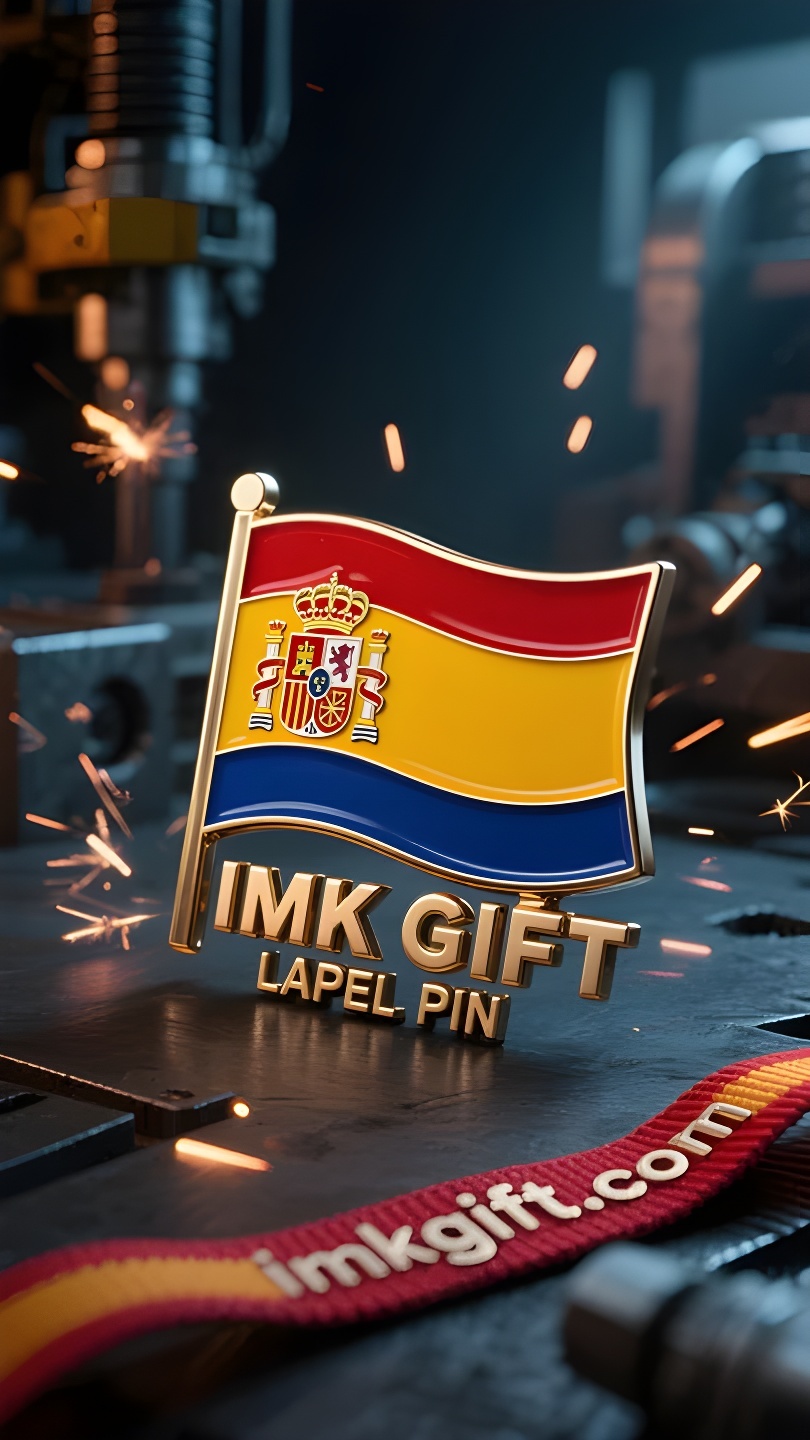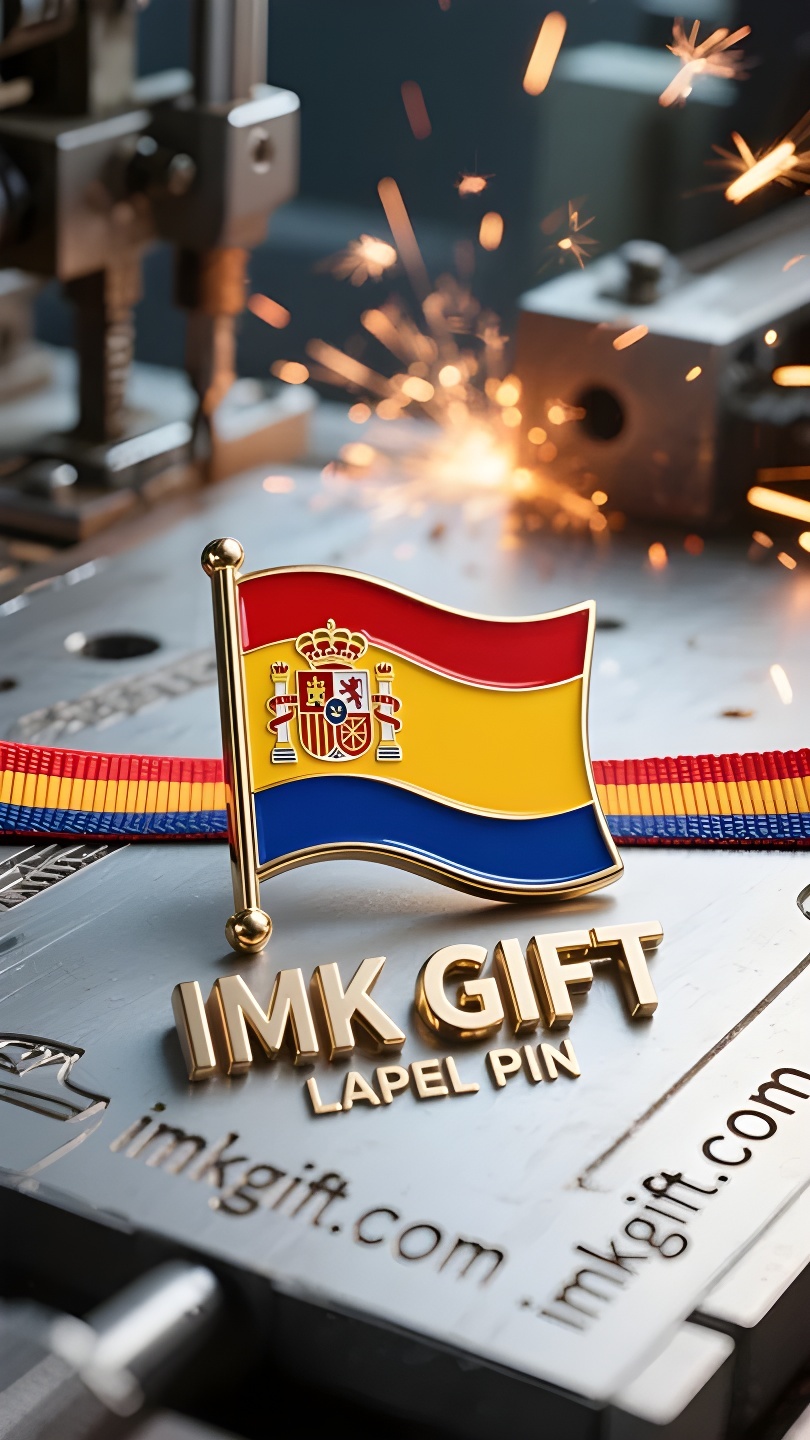in993-Columnas-de-Hércules-y-Emblema-de-la-Granada-Ecos-Milenarios-del-Espíritu-Español
▼
Cada octubre, cuando todo el país de España celebra su Día Nacional, el emblema nacional enarbolado en la bandera roja y amarilla siempre brilla intensamente bajo el sol. Este emblema, que condensa el código de miles de años de civilización, cuenta la historia del poder espiritual más profundo de la Península Ibérica con símbolos silenciosos. El escudo en el centro del emblema está dividido en cuatro partes, que es una sinfonía del Castillo de Castilla, el León de León, las franjas rojas y amarillas de Aragón y las cadenas de Navarra. Estos tótems de reinos que una vez chocaron violentamente finalmente lograron un equilibrio perfecto en el escudo, siendo testigos de la sabiduría nacional española de eliminar la oposición a través de la tolerancia y crear brillantez a través de la integración. La granada agrietada en la parte inferior del escudo no es sólo un recuerdo de la conquista de Granada por la dinastía morisca, sino también una metáfora de la vitalidad que surge de la fusión de civilizaciones: la cáscara dura acabará dando paso a la dulce fruta. Lo más impactante son las Columnas de Hércules a ambos lados del escudo. Este antiguo pilar griego, que representa el fin del mundo, alguna vez estuvo grabado con la advertencia “Deténgase aquí”. Pero los antepasados españoles borraron la antigua inscripción y la reemplazaron por un nuevo lema “PLUS ULTRA” (más allá del límite). Cuando la flota de Colón rompió los legendarios grilletes de las Columnas de Hércules, España demostró con acciones que la verdadera frontera no está en el final del océano, sino en el coraje de la humanidad para abrirse paso a través de sí misma. Hoy en día, el emblema nacional todavía brilla en documentos gubernamentales, insignias militares y camisetas deportivas. Le recuerda a cada español: cuando diversas civilizaciones se cohesionan en la tolerancia, cuando los traumas históricos se transforman en sabiduría y cuando el pensamiento conservador es roto por el espíritu pionero, la nación podrá permanecer para siempre a la vanguardia de la marea de los tiempos. Éste es el código espiritual que nunca se desvanece en lo profundo del emblema, y también es una revelación eterna para toda la humanidad.
Every October, when Spain celebrates its National Day, the national emblem on the red and yellow flag always shines brightly in the sun. This emblem, which condenses the code of thousands of years of civilization, tells the deepest spiritual power of the Iberian Peninsula with silent symbols. The shield in the center of the emblem is divided into four parts, which is a symphony of the Castile Castle, the Lion of Leon, the red and yellow stripes of Aragon and the chains of Navarre. These kingdom totems that once collided fiercely finally achieved a perfect balance on the shield, witnessing the Spanish people’s national wisdom of eliminating opposition with tolerance and creating brilliance with integration. The cracked pomegranate at the bottom of the shield is not only a memory of the conquest of the Granada Moorish Dynasty, but also a metaphor for the vitality of the fusion of civilizations – the hard shell will eventually give way to the sweet fruit. The most shocking thing is the Pillars of Hercules on both sides of the shield. This ancient Greek pillar representing the end of the world was once engraved with the warning “Stop Here”. But the Spanish ancestors erased the old inscriptions and replaced them with the new motto “PLUS ULTRA”. When Columbus’ fleet broke through the legendary shackles of the Pillars of Hercules, Spain proved with action that the real border is not at the end of the ocean, but in the courage of human beings to break through themselves. Today, this national emblem still shines on government documents, military badges and sports jerseys. It reminds every Spaniard: when diverse civilizations are condensed in tolerance, when historical trauma is transformed in wisdom, and when conservative thinking is broken by pioneering spirit, the nation can stand at the forefront of the tide of the times. This is the spiritual code deep in the coat of arms that never fades, and it is also an eternal revelation for all mankind.
每年十月,当西班牙举国欢庆国庆日时,红黄旗帜上托举的国徽徽章总在阳光下熠熠生辉。这枚浓缩千年文明密码的纹章,正以无声的象征讲述着伊比利亚半岛最深邃的精神力量。
徽章中央的盾牌四分纹路,是卡斯蒂利亚城堡、莱昂雄狮、阿拉贡红黄条纹与纳瓦拉锁链的交响。这些曾激烈碰撞的王国图腾,最终在盾牌上达成完美平衡,见证着西班牙人用包容消弭对立、以共融缔造辉煌的民族智慧。盾底那颗裂开的石榴,既是对格拉纳达摩尔王朝的征服记忆,更暗喻着文明交融迸发的生命力——坚硬的果壳终将为甜美的果实让路。
最震撼人心的当属盾牌两侧的海格力斯之柱,这座代表世界尽头的古希腊神柱,曾被刻上”止步于此”的警示。但西班牙先民擦去旧铭文,代之以”PLUS ULTRA”(超越极限)的新箴言。当哥伦布船队冲破海格力斯之柱的传说桎梏,西班牙用行动证明:真正的边界不在海洋尽头,而在人类突破自我的勇气之中。
今日,这枚国徽依然在政府文件、军队徽章和体育战袍上闪耀。它提醒着每个西班牙人:当多元文明在包容中凝聚,当历史创伤在智慧中转化,当保守思维被开拓精神打破,民族就能在时代的浪潮中永立潮头。这是纹章深处永不褪色的精神密码,更是属于全人类的永恒启示。
▼
Contact Us
📞 Tel: +0086-760-85286839
📧 Email: sales3@imkgift.com








